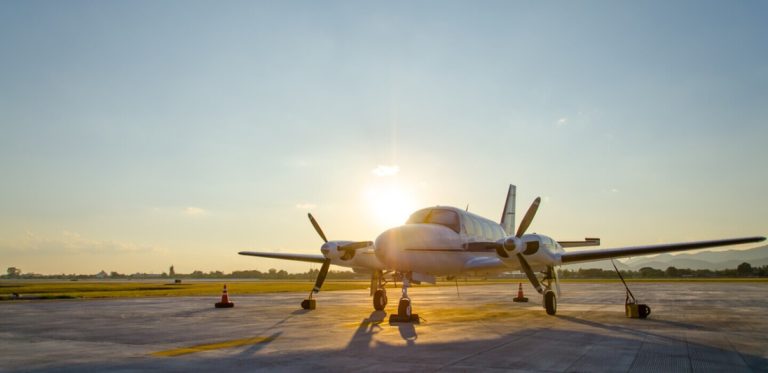When a plane powered entirely by the sun landed at Modesto Airport, it offered a glimpse of the future. The strange-looking craft had a wingspan as enormous as a Boeing 747 but weighed less than an SUV.
However, there are still many challenges to solar-powered flight. These include the power-to-speed ratio and weather conditions.
Energy Efficiency
Many people have recently invested in solar panels for their roofs to live a greener lifestyle. But the concept of solar power goes beyond home energy efficiency. This innovative technology is also applied to aviation and could help reduce emissions and fuel consumption.
When a strange-looking aircraft known as the Solar Impulse 2 successfully flew around the world without consuming any fuel, it gave the world a glimpse into future aviation. The aircraft employs 17,000 solar cells and batteries to generate and store electricity. It has the wingspan of a 747 but weighs less than an SUV.
But solar-powered aircraft still face many challenges. They can travel slower than commercial jets, require enormous wingspans and delicate solar cells, and are expensive to build and operate. Despite these limitations, solar-powered aircraft are expected to impact the global aviation industry significantly.
Environmental Friendly
Solar powered aircraft development company is helping reduce the amount of fossil fuels used in aviation. These airplanes use the sun’s energy to power their engines and produce no pollution. They also store excess energy in batteries for night use. It is an excellent step towards preserving the environment and reducing climate change.
These solar-powered planes can fly for up to 26 hours without refueling. They can fly at great altitudes and transport people. They also provide critical meteorological data for weather forecasting and agricultural research.
Many solar-powered aircraft development companies are working to improve their designs to increase flight duration and range. Their work is based on principles that aeronautical engineers have tested. In the future, these airplanes could significantly contribute to our global energy and transport needs.
Economical
Aircraft powered by solar technology can be much less expensive to fly than those using conventional engines and may allow for longer flights. It’s also more environmentally friendly. A study found that aircraft powered by solar power can reduce carbon dioxide emissions by 2.6% per year.
Safety
In 2016, a bizarre-looking plane covered with solar panels showed the world what could be possible in aviation. With a wingspan as wide as a commercial passenger jet but weighing only as much as an SUV, it circumnavigated the Earth without using a drop of fuel.
Many tech and aviation companies have jumped into solar-powered aircraft development in the past two years, especially regarding UAV or drone technology. These vehicles can be used for various purposes, from remote surveillance to disaster response, and are increasingly being marketed as an alternative to traditional satellites.
However, some challenges come with solar-powered flights. Firstly, capturing enough energy to move the plane at the desired speed is challenging. The sun constantly moves in the sky, and the aircraft’s solar cells must be positioned to maximize energy capture. The speed of the plane and the amount of power needed are also directly related.

